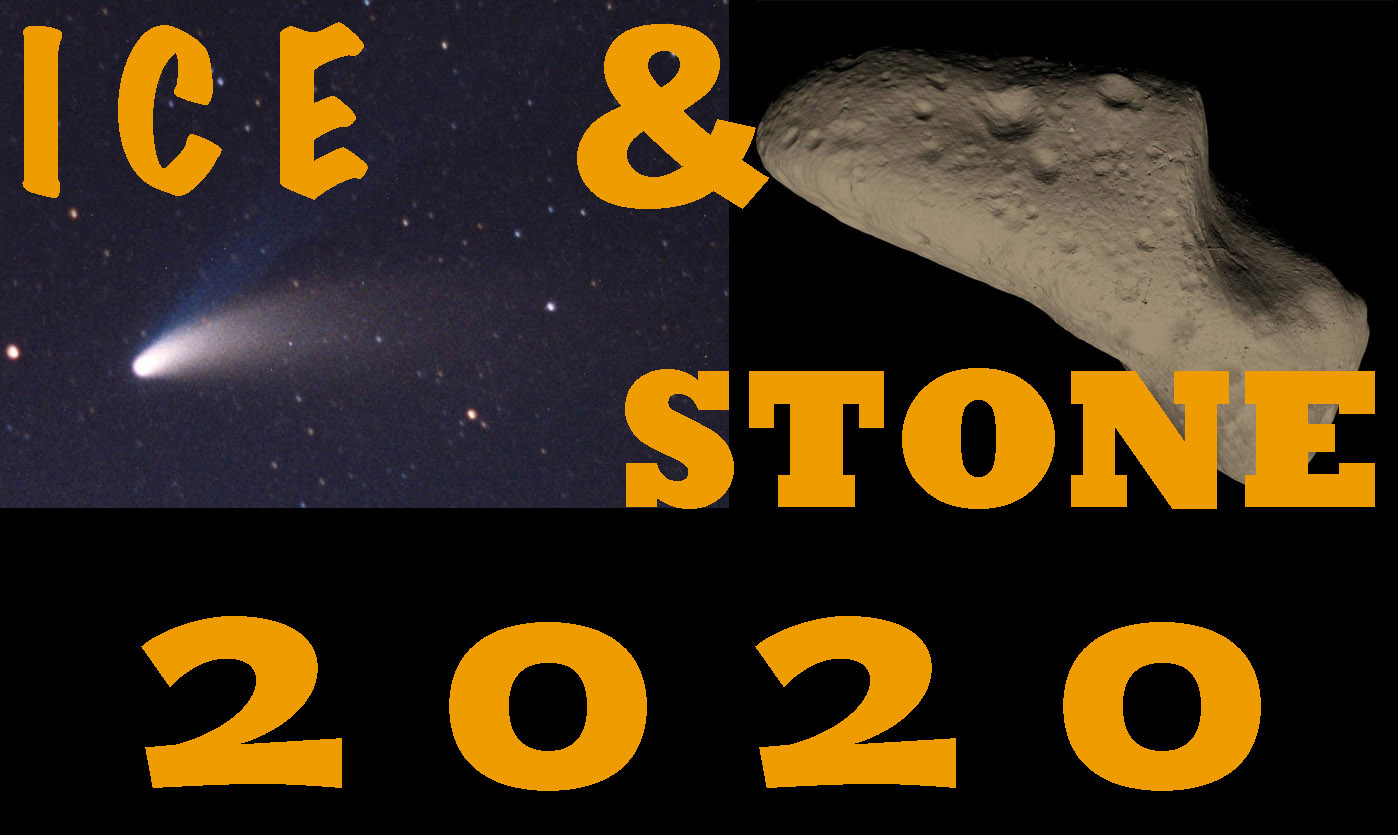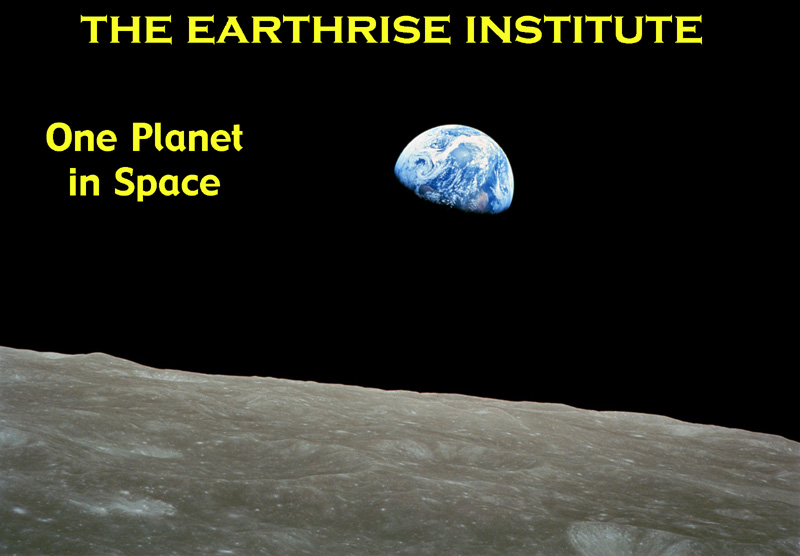

THIS WEEK IN HISTORY
WEEK 20: MAY 10-16
MAY 10, 1999: The LINEAR survey in New Mexico discovers the near-Earth asteroid now known as (162173) Ryugu. Ryugu was the destination of JAXA’s Hayabusa2 sample-return mission, which arrived there in mid-2018 and departed there late last year, and which is now en route back to Earth with its collected samples. The Hayabusa2 mission is discussed in future “Special Topics” presentations.
MAY 11, 1983: Comet IRAS-Araki-Alcock 1983d passes 0.031 AU from Earth, the closest confirmed cometary approach to Earth during the 20th Century. It is this week’s “Comet of the Week,” and cometary flybys of Earth are the topic of this week’s “Special Topics” presentation.
MAY 11, 2020: The main-belt asteroid (363) Padua will occult the 5.5-magnitude star Psi Cancri. The predicted path of the occultation crosses parts of the southwestern U.S. and northern Mexico. This event is described in more detail in last week’s “Special Topics” presentation.
MAY 12, 2006: The primary component of Comet 73P/Schwassmann-Wachmann 3 passes 0.079 AU from Earth. This comet began splitting apart in the mid-1990s, and in 2006 over 60 different fragments were detected as they passed by Earth. This and other close cometary flybys of Earth are discussed in this week’s “Special Topics” presentation.
MAY 12, 2013: The Canada-France-Hawaii 3.6-meter telescope at Mauna Kea Observatory in Hawaii records images of Comet PANSTARRS C/2017 K2, four years before that object’s discovery. The comet was active despite being at a heliocentric distance of 23.74 AU. It does not pass through perihelion (heliocentric distance 1.8 AU) until 2½ years from now and could become quite bright; it is a future “Comet of the Week.”
MAY 12, 2020: The main-belt asteroid (3151) Talbot will occult the 6th-magnitude triple-star system HD 144362 in Ophiuchus. The predicted path of the occultation crosses northeastern South America, a few locations in Central America, the Yucatan Peninsula in Mexico, and parts of the southern and western U.S. This event is discussed in more detail in last week’s “Special Topics” presentation.
MAY 13, 1861: Australian amateur astronomer John Tebbutt discovers a 4th-magnitude comet. At the end of June Comet Tebbutt passed just 0.13 AU from Earth and became one of the brightest and most spectacular comets of the 19th Century. It is a future “Comet of the Week.”
MAY 14, 1864: A meteorite, comprising up to 20 separate fragments, falls near the town of Orgueil in southern France. The Orgueil meteorite is a carbonaceous chondrite and is one of the most-intensely studied meteorites of this type. Carbonaceous chondrites are the subject of a future “Special Topics” presentation.
MAY 15, 2005: Astronomers using the Hubble Space Telescope discover Pluto’s moons Nix and Hydra, the second and third known moons of that world. Pluto and its moons are the subject of a future “Special Topics” presentation.
MAY 16, 1918: Japanese astronomer Kiyotsugu Hirayama submits a paper describing his recognition of “families” of asteroids in the main asteroid belt, i.e., asteroids sharing similar orbits and a likely common origin. The subject of asteroid “families” is discussed in a future “Special Topics” presentation.